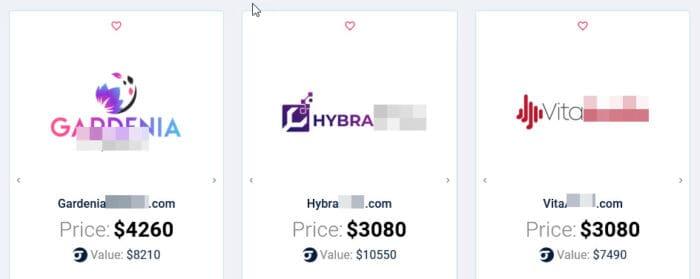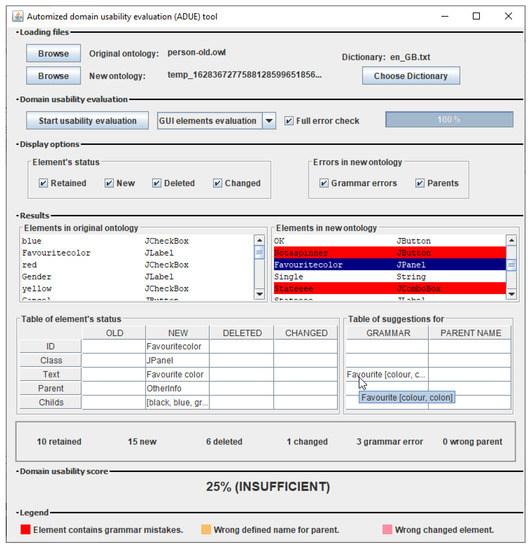Table of Contents
- Successful Domain Flipping Stories from Industry Experts
- Key Strategies Behind Profitable Domain Flips
- Essential Tools for Evaluating Domain Value
- Mistakes to Avoid in Domain Flipping Ventures
- Building a Lucrative Domain Flipping Portfolio
- Q&A
- Key Takeaways
Successful Domain Flipping Stories from Industry Experts
- Purchased for: $12
- Sold for: $25,000
- Strategy: Targeted emerging niche
| Initial Cost | Sale Price | Time to Flip |
|---|---|---|
| $200 | $50,000 | 18 months |
- Focus: Online learning niche
- Involvement of partnerships with institutions
- Result: Elevated domain ecosystem


Key Strategies Behind Profitable Domain Flips
One essential aspect of successful domain flipping is conducting thorough market research to identify domains with potential demand. Savvy flippers often look for emerging trends, sectors with growing interest, or even upcoming industry shifts that could influence domain desirability. A well-timed purchase in these niches maximizes future profitability. Domains reflecting popular keywords or phrases, brandable names, or those linked to promising technologies often carry greater resale value. Mastering this research process relies on tools like Google Trends, SEMrush, and even social listening platforms to gauge online conversations and predict what’s coming next.
Another critical strategy is enhancing the value of a domain through effective development. While many choose to sell domains as-is, boosting their worth by creating a basic yet appealing website can be immensely profitable. A simple WordPress site with SEO optimization, high-quality content, and basic customization can significantly increase a domain’s appeal. Adding elements like relevant photography, informative articles, or even a basic e-commerce setup can transform a mundane domain into a lucrative investment. Hosting this content on well-structured platforms ensures not just an increase in domain value but also in the ease of transition to new owners.
Timing is also a pivotal element in the domain flipping equation. Knowing when to sell is as crucial as knowing what to buy. Successful flippers are skilled in gauging market readiness, ensuring to strike when demand peaks. This often involves seasonal trends analysis, where certain domain types may align with specific business cycles or major industry events. Watching the competition and understanding buyer urgency can dictate a profitable listing period. Experienced flippers utilize auction sites and domain marketplaces, like Flippa or GoDaddy Auctions, to achieve optimum visibility, leveraging the scarcity principle to attract high-value offers.


Essential Tools for Evaluating Domain Value
Determining the worth of a domain is a cornerstone activity in domain flipping, enabling flippers to make informed decisions about their investments. Several key tools and resources are available to help in assessing a domain’s value. Automated domain appraisal tools are popular; they analyze various factors like length, keyword relevance, and domain extension to generate a baseline valuation. Domain brokers also offer services that provide human expertise, evaluating the domain’s history, SEO metrics, and market trends.
Social signals and search volume are crucial elements influencing domain value. Tools like Google Trends and Ahrefs are invaluable for assessing keyword popularity and identifying domains that resonate within current market interests. SEMrush can help dive deeper into the SEO performance by analyzing backlink profiles and organic traffic potential. This thorough insight aids domain flippers in identifying lucrative opportunities where domain names align clearly with consumer demand.
Leveraging auction sites and domain marketplaces provides insight into how similar domains are performing, offering real-world benchmarks for domain pricing. Platforms such as Sedo and GoDaddy Auctions allow users to track auction outcomes, helping them discern patterns and pricing strategies. Observing these platforms can reveal popular domain formats and naming conventions, providing domain flippers with inspiration and a strategic edge.


Mistakes to Avoid in Domain Flipping Ventures
Entering the world of buying and selling domain names might sound like a lucrative endeavor, but even seasoned traders can stumble if they’re not cautious. One common blunder is failing to conduct thorough keyword research before acquiring a domain. Neglecting this step can lead to purchasing domains that appeal to your interests but don’t resonate with current market demands. To boost your success rate, leverage tools like Google Keyword Planner to identify trending search terms that align with your potential domain purchases.
Avoid letting emotion-driven decisions dictate your investments. Many beginners fall into the trap of holding onto domains for sentimental reasons, convinced of their future worth. This emotional attachment can cloud judgment, leading to missed opportunities to sell at a profit and invest in more promising assets. To mitigate this risk, adopt a more analytical approach by consistently evaluating your portfolio’s performance and being willing to part with underperforming domains.
Ensuring a domain is free from legal complications is also paramount. Domains linked to trademarked names or brands can significantly derail your flipping venture with costly legal battles. If you’re uncertain about a domain’s legality, utilize trademark search tools like the USPTO’s Trademark Electronic Search System. Making informed decisions upfront can save you not only money but also valuable time and energy in the long run.


Building a Lucrative Domain Flipping Portfolio
Creating a portfolio that stands out involves not just acquiring any domains but selecting those with strategic potential. Start by identifying niche markets that are currently under the radar but have growth potential. Domains that are short, memorable, and keyword-rich often provide the highest return on investment. Consider focusing on emerging trends such as green technology or local service sectors. The key is to think ahead and anticipate where consumer interest is heading.
- Research Extensively: Stay updated with industry trends and use tools like Google Trends to spot rising topics.
- Balance Quality and Quantity: While it might be tempting to hoard domains, focusing on quality over quantity can lead to more profitable sales.
- Diversify Your Portfolio: Having a mix of generic and niche-specific domains ensures you are covered across various industries.
Leveraging market demand is crucial in this venture. By analyzing keyword data, search volume, and competition, you can pin down domain names that resonate well with potential buyers. This approach is particularly profitable if you can find names that fit well within upcoming digital trends. Additionally, consider utilizing tools like domain auction platforms for flipping opportunities. These platforms not only offer a marketplace to sell but also give insights on what domains are currently in demand. Monitoring auction outcomes can inform your future purchasing decisions.

